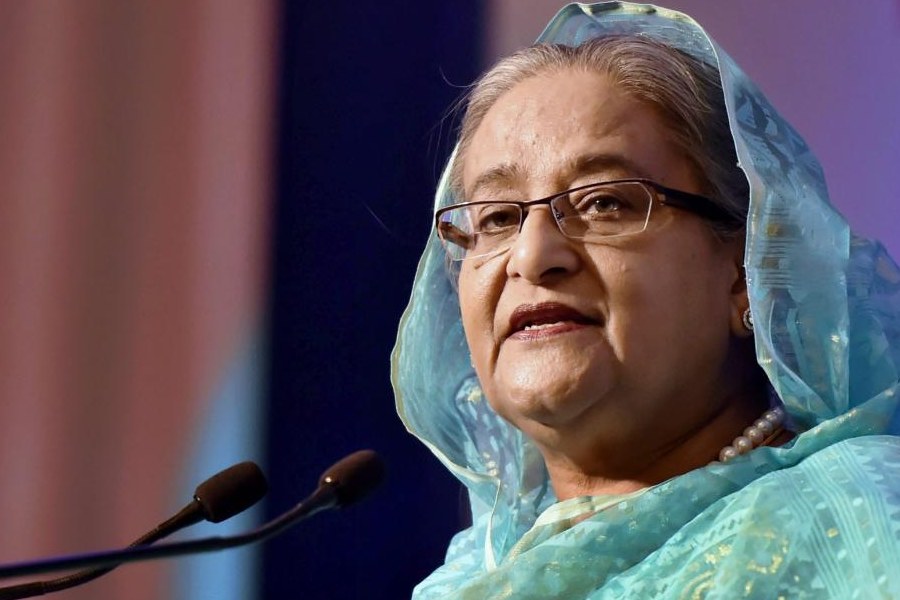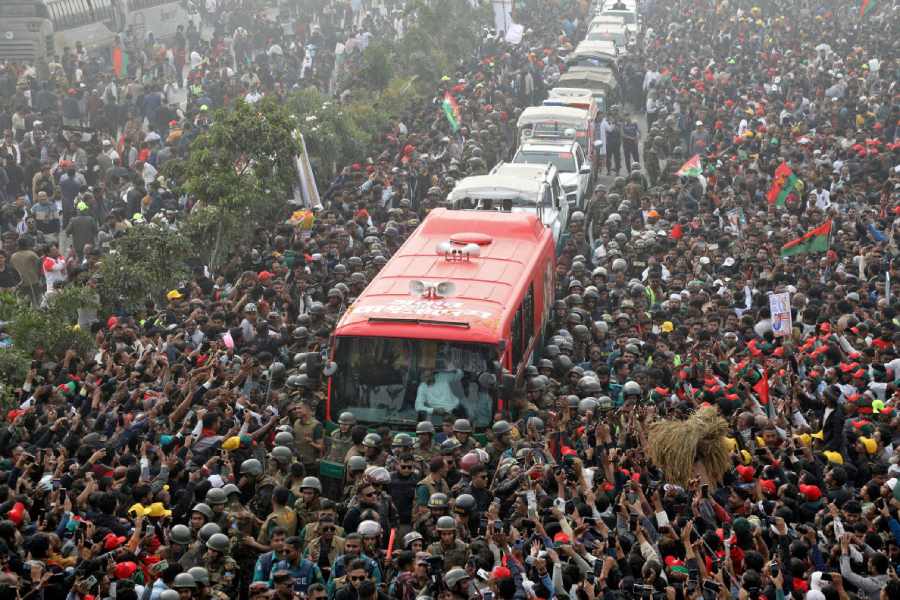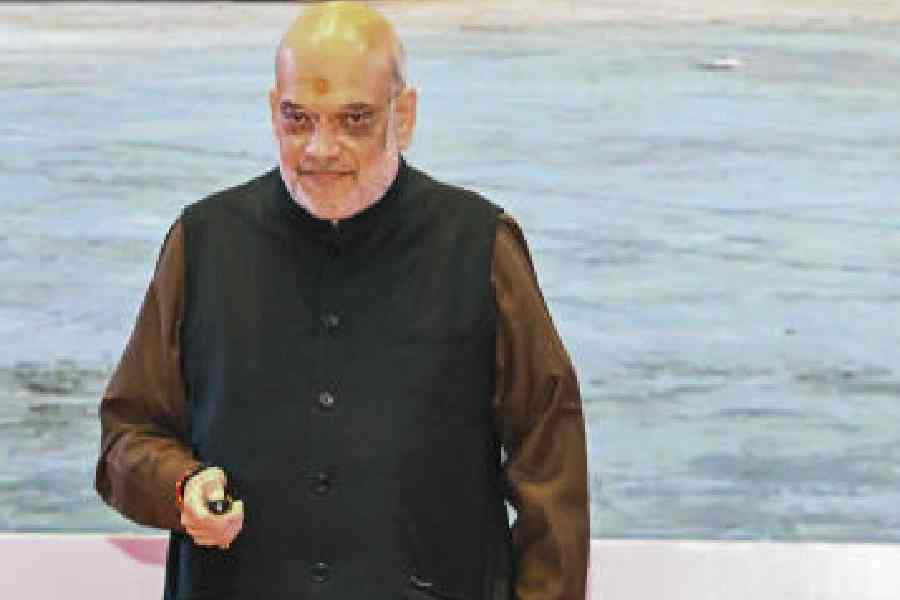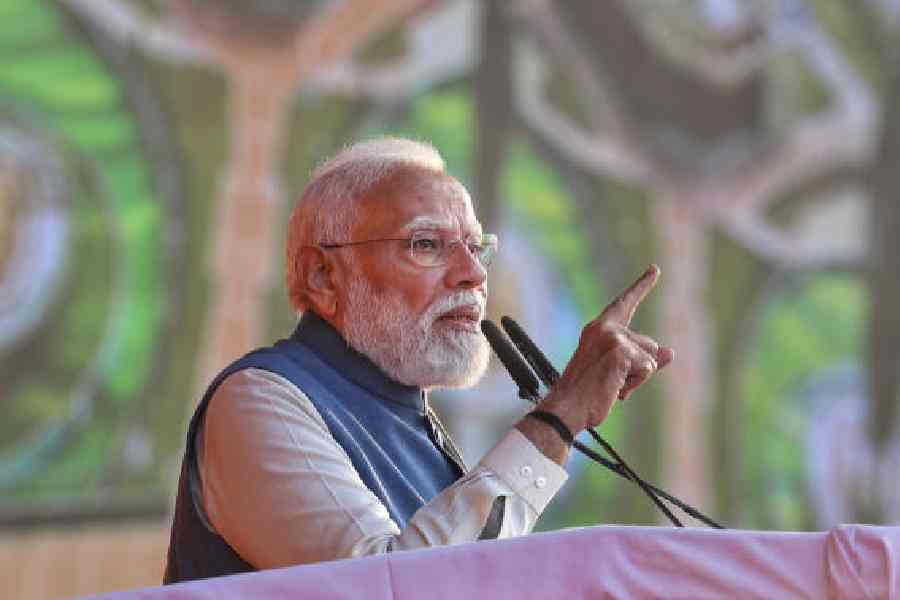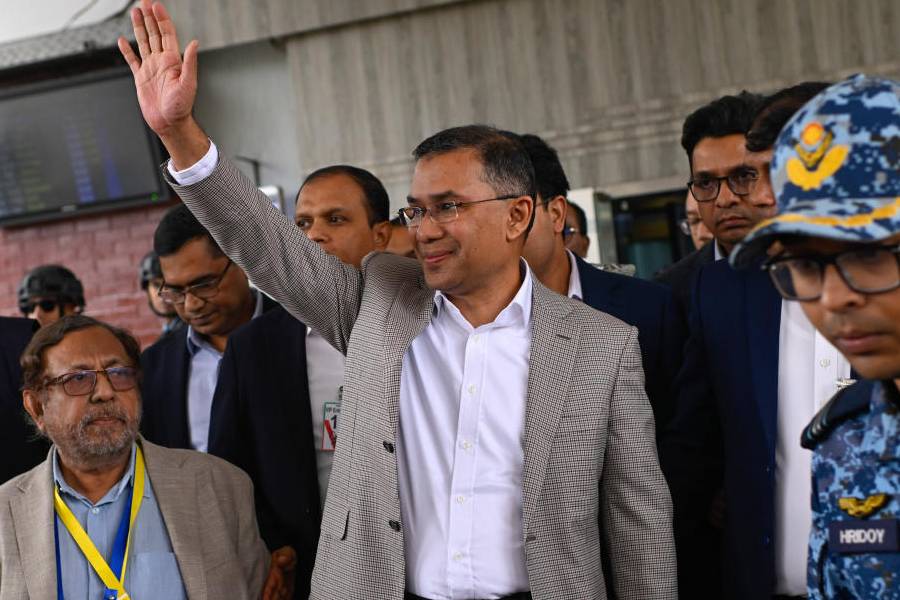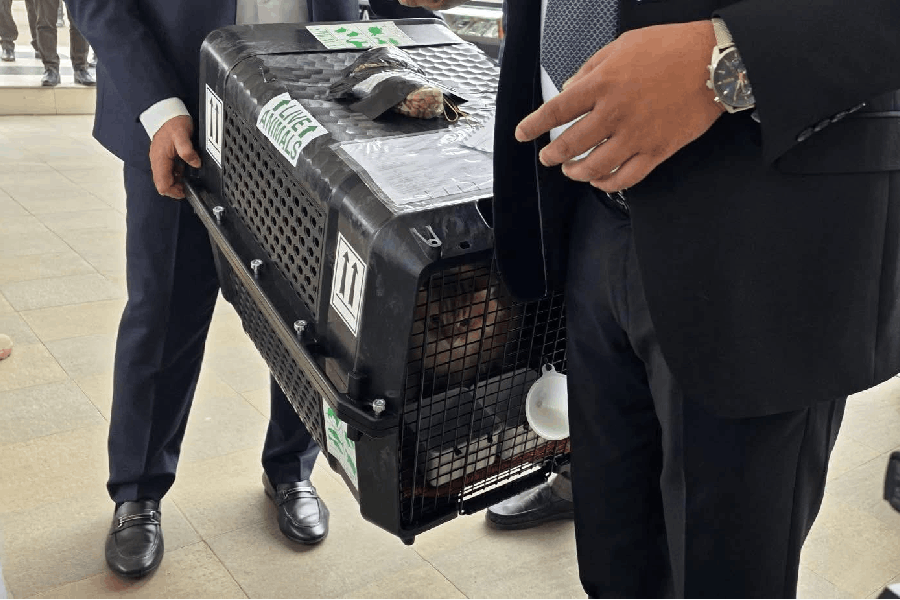 |
| Northeast-origin people, who fled Bangalore after rumours of attacks, arrive at Guwahati railway station. (PTI) |
Relief and rehabilitation not easy
There is fear everywhere. We are not better placed today than we were in the past to analyse the cause of fear and paranoia that sent droves of students and job holders rushing back to their homes from Bangalore, Hyderabad, Chennai, Mumbai and Pune.
Not that home is a safer place. Just a couple of weeks ago 80 people or more lost their lives in the BTAD. In terms of sheer numbers those displaced from their homes to the relief camps in this recent riot are the largest ever in Assam’s history. Four lakh people in camps and the cumulative figures might be astounding if we were to count those displaced since 1998 onwards.
One wonders why the United Nations which otherwise keeps a vigilant eye on the refuge seekers (refugees) is silent about this issue. We know it’s a question of semantics.
People displaced within their own country are not called refugees. But isn’t there a UN policy for internally-displaced people when the Indian state has obviously failed to rehabilitate its own citizens? The clamour that “illegal immigrants” form a substantial chunk of the displaced does not take away from the pressure of offering them humanitarian aid. In such a wretched situation those who render assistance cannot be partisan.
Some facts need to be put in perspective since we often miss the woods for the trees. Besides, things have got so complicated in Assam that even trying to find a way forward is well nigh impossible at this juncture.
The displaced people are unwilling to return home because they fear for their lives. That fear is real. And it comes from witnessing a collapse of the system that is supposed to work on a certain template.
Tension was simmering for a while in and around Kokrajhar but the administration evidently ignored the standard operating procedure (SOP) of gearing up the law and order machinery to tackle the exigency. We are told that the district administrator of Kokrajhar did requisition the army, a task he is legally mandated to do. And it is the brief of the army to respond to that call; not to delay things by passing the buck to the ministry of defence (MoD).
The delay resulted in loss of precious lives. One is told that this serious lapse in SOP which has resulted in the worst humanitarian crisis in recent memory is being taken note of by the MoD. But will anyone be penalised for failing to respond with alacrity to a crisis situation?
If the administration has failed or bungled, the political masters have fared no better. It is obvious to the discerning eye that chief minister Tarun Gogoi and his “once upon a time” blue-eyed boy and also the second most influential person in the cabinet, Himanta Biswa Sarma, are today at loggerheads. This fact is no longer hidden.
The daggers are out and the war of attrition has claimed its casualties. While Gogoi does not hide his affinity to the Bodo leadership with whom his government is sharing power, Sarma is known to be inclined to liaison with Badruddin Ajmal of the All India United Democratic Front (AIUDF) who today has 18 MLAs in the 126-member Assembly.
Ajmal has been trying his best to get a toehold in Gogoi’s good books but the septuagenarian CM does not want to court controversies in a situation where the Congress is already accused of encouraging Muslim (illegal migrant) vote bank.
For Gogoi, the former Bodo militia seems like a better partner. These political undercurrents are creating schisms in the government. Those who know Assam also know that the bureaucracy there is not completely unattached and neutral. In some cases it is blatantly partisan!
When the same chief minister is ruling for three terms it is inevitable that strong loyalties emerge.
Now this is precisely the point why the military was hesitant to jump into this messy, amorphous, politically-charged jungle.
A retired military general when told that the army failed to respond to the district administration’s request for army assistance to prevent the riot in Kokrajhar, said: “When the army is called to assist the district administration, they want a clear blueprint of action which they will follow to the ‘t.’ Very often the army is told to launch aggressive action against one group of rioters and to go soft on the other group, for political reasons. The army does not want to be part of the local politics.”
The recent delay in deployment of army in the riot-torn area has also resulted in a spat between ministry of home affairs and ministry of defence. Section 130 of the CrPC empowers an executive magistrate to requisition army troops and says the officer concerned of the armed forces “shall obey such requisition”.
Under the army’s SOPs in vogue since the anti-Sikh riots in 1984, the request for army deployment to tackle riots has to be routed through the defence ministry. This is due to the peculiar circumstances prevailing at the time. That the same SOP continues to this day and has resulted in avoidable loss of lives and displacement of people is a telling account of how things in this country operate. We are always caught napping at the most critical juncture. However, one does agree with the retired general that when the army enters a riot-hit area it cannot be told where to back off. The army, one believes, is still the only non-partisan force in this otherwise politically-surcharged atmosphere in the country today.
That said, let us take a look at the relief and rehabilitation work in the affected areas. A humanitarian crisis must be seen as that only and nothing else. Those most in need of relief irrespective of their religion or ethnicity, have to receive that aid. Yet one finds this argument surfacing again and again — that one group is looked after better than the other. This is very disturbing.
Syeda Hameed, Planning Commission member, writing in one of the newspapers, said, “The wretched are killing the wretched in Assam.” I differ with her because the wretched are already so powerless and voiceless that their whole life is spent agonising about the next meal.
It is not the wretched that started that bushfire that singed so many in Assam. It is those with guns who have repeatedly created a fear psychosis in the Bodo belt.
And the owners of those guns are certainly not the wretched of this earth but a favoured class which enjoy immunity from the state. This is reality. Why is it that those in camps are only the destitute? If a riot is not planned it would have affected everyone rich or poor, high or low.
While empathising with the issue of influx which has turned the situation in Assam toxic, the point now is whether those considered illegal immigrants can be identified and above all deported. Will this be the talking point and will there be an action plan from the state government in Assam or will everything end in more semantics and political word-smithy until the next massacre?
(The writer can be contacted at patricia17@rediffmail.com)


